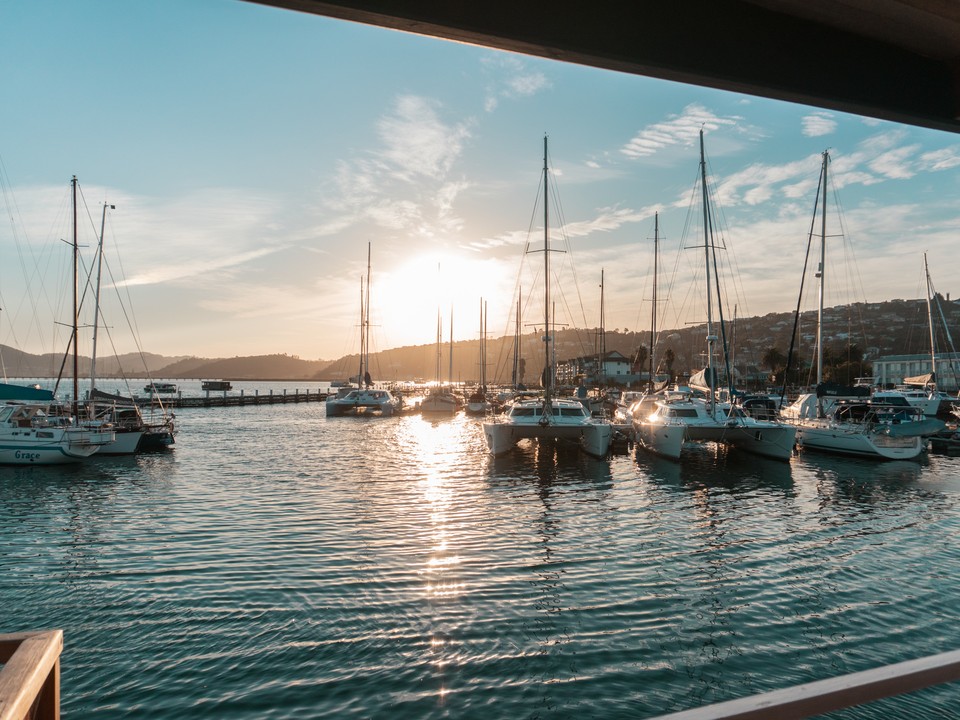Winterizing your boat

Preparing your boat for a winter storage is called winterization and is absolutely necessary to maintain a prolonged life of your investment. There are several steps you have to take to properly winterize your boat. But first, lets answer one question: Who needs to winterize? It takes a very short amount of time of below freezing temperatures, especially if the boat is stored outside of the water, to freeze and crack a block. Therefore, if you live in a region where winters temperatures usually approach freezing point, you should take the winterization process seriously. Winterizing your boat is fairly simple and can be done is four steps.
1. Cleaning
The first step in getting your boat ready for the winter is a thorough cleaning inside and out. Start with the cabin and work your way out, give the topside a good scrubbing, use a non-skid deck cleaner to clean the dirt out from all the crevasses. Storing a dirty boat will make it much more difficult to clean up in the spring. Clean all plastic and glass surfaces and apply a good polish. Clean your canvas and apply a fresh coat of waterproof. This is also a great time to clean and protect any exposed teak. Give the topside and all the fiberglass parts a good coat of wax. This will not only protect your boat during winter, but will also save you time when you will be relaunching your boat in the spring.

2. Winterizing engine and lower unit
Winterizing the power train not only extends the life of the engine but also prevent the most costly repairs should freeze damage occur. There are several tasks that have to be done to properly winterize the engine. The order is very important in this process.
- Add a fuel stabilizer and top-off your fuel tank.
- Replace your fuel filter and oil separator.
- Winterize engine block with antifreeze.
- Apply fogging oil inside the carburetor.
- Change the engine oil and the oil filter.
- Change the lower unit fluid.
3. Winterizing fresh and waste water systems
Not winterizing fresh and waste water systems runs the same risk as not winterizing the engine. Unless all water is removed and replaced with antifreeze, you run a risk of a freez-up destroying lines and equipment. Winterizing the fresh water systems is quite simple. Open all faucets and turn on the fresh water pump, allow them to run until the fresh water tank is dry. Turn the pump off, then pour the antifreeze in the fresh water tank. Make sure that all fixtures and lines have been flushed with antifreeze. To winterize the waste systems start by making sure the holding tank is pumped. Remove the raw water intake hose from the seacock for each head and place in a small bucket with antifreeze. Flush the head to circulate the antifreeze through the lines and to the holding tank. Replace the hose and close the seacock. Make sure that all raw water strainers are purged and filled with antifreeze as well.
4. Preparing the cabin and interior
The biggest threat for the boats interior during the winter is molding mildew. Remove all consumables, clothing, etc. for the winter. If possible, remove electronics and other valuables as well. Open all drawers, lockers and doors, remove all cushions, place dehumidifiers in several areas throughout the cabin. Remove the batteries and take them home if possible. Make sure they are completely charged before storing them.
Most boats are stored on land during the winter. This allows the boat to completely dry out and prevent the freezing of water inside the cracks and therefore protect the hull from damage. Covering a boat for a winter period is also a good idea as the boat will remain cleaner and will remain in good shape for longer period of time.






